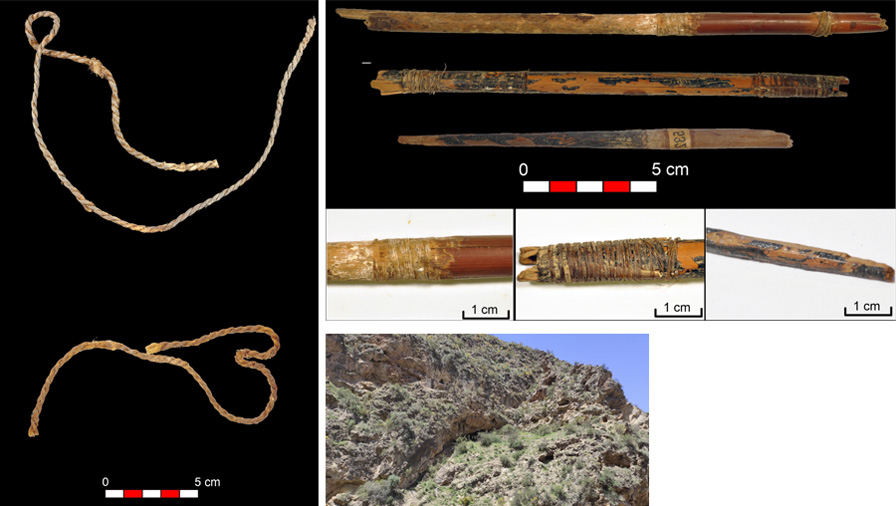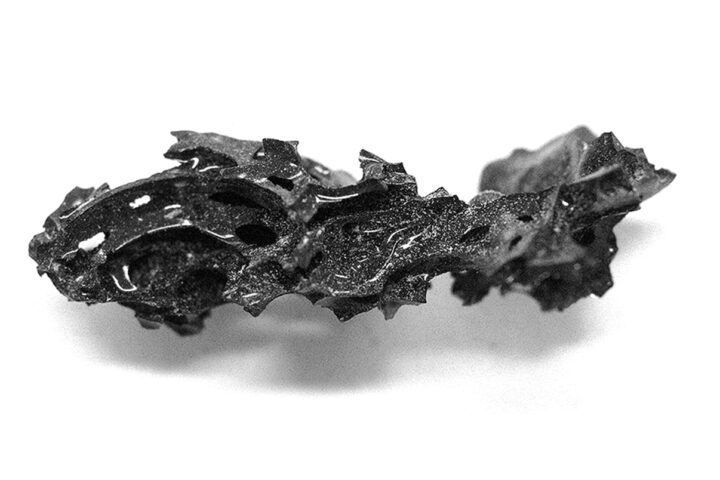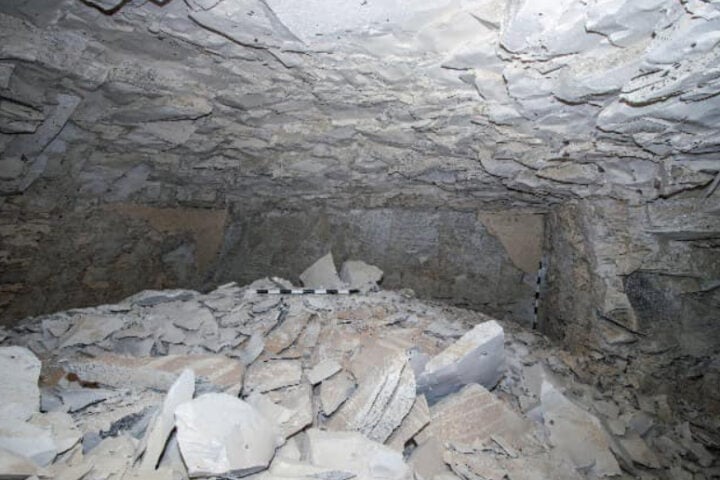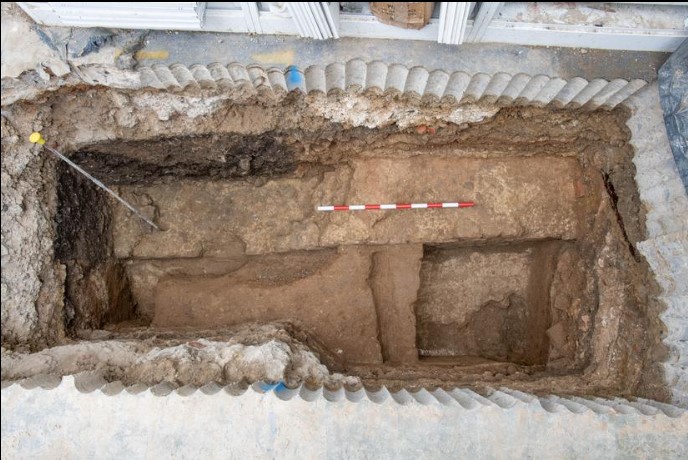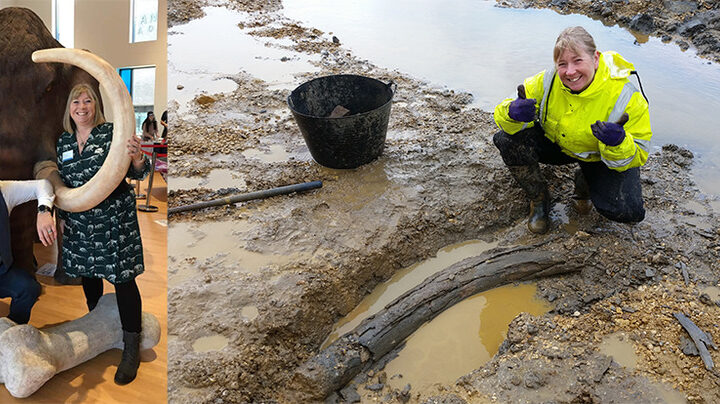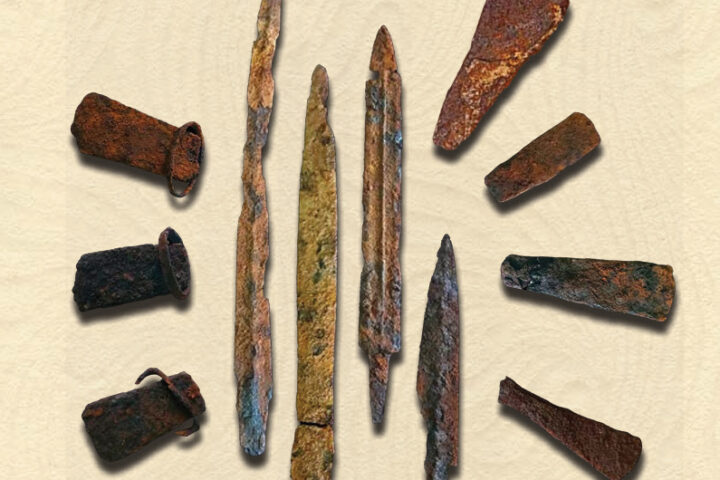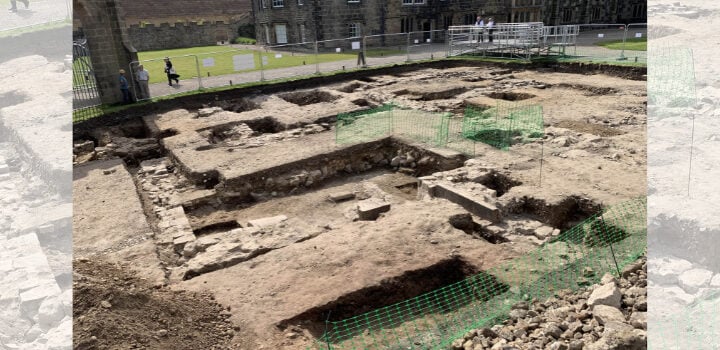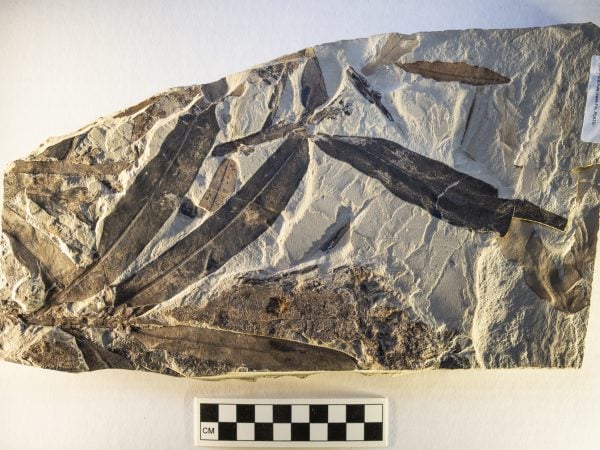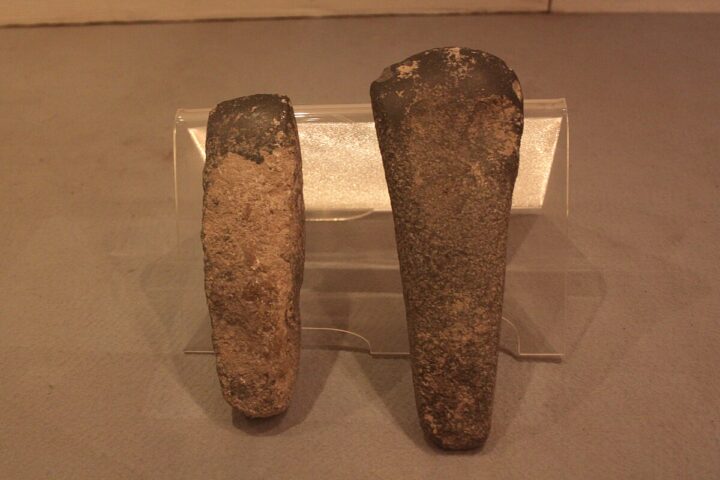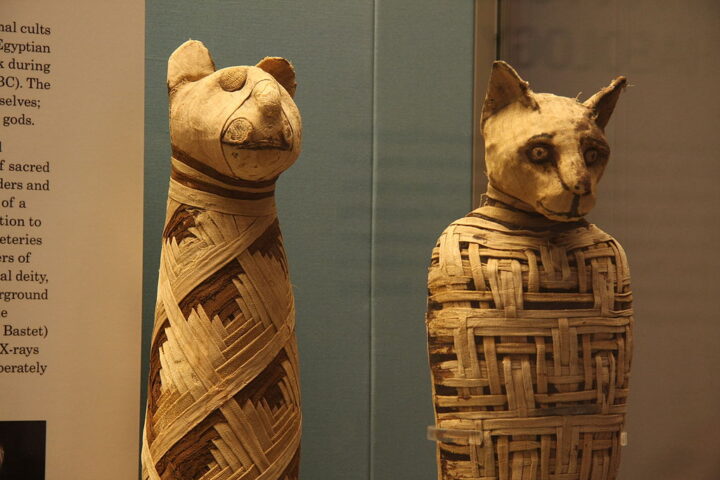The Cave of Los Murciélagos in Albuñol, Granada has produced Europe’s oldest known bowstrings, dating back to 5300-4900 BCE. The discovery challenges previous assumptions about Neolithic technological capabilities and raises questions about the role of weaponry in early agricultural societies.
A research team from the Universitat Autònoma de Barcelona (UAB) recovered two bowstrings made from interwoven animal tendons, alongside arrows with preserved feathers. The artifacts remained intact due to natural desiccation within the cave environment.
“The identification of these bowstrings marks a crucial step in the study of Neolithic weaponry. Not only were we able to confirm the use of animal tendons to make them, but we also identified the genus or species of animal from which they came,” states Ingrid Bertin, the study’s lead author at UAB.
The bowstrings incorporated tendons from multiple species: Capra sp. (goats), Sus sp. (boar/pigs), and roe deer. The tendons were twisted together to create ropes of sufficient length.
The arrows exhibited unexpected material choices. The shafts combined olive wood (Olea europaea) and reed wood (Phragmites sp.), materials previously undocumented in European Neolithic archery. This construction method produced arrows with dense front sections and lighter backs, potentially improving their ballistic properties. One reed arrow included two feathers attached with fibers, making it the oldest fletched arrow discovered in Europe. The arrow shafts were coated with birch bark pitch, obtained through controlled heat treatment, serving both protective and potentially decorative purposes.
Raquel Piqué, researcher at UAB’s Department of Prehistory, notes: “This degree of precision and technical mastery, where every detail counts, attests to the exceptional knowledge of these Neolithic artisans.”
The artifacts’ placement within a burial context raises complex questions about violence and social structures in Neolithic communities. Evidence of interpersonal violence and cannibalism exists in similar Neolithic contexts, though researchers remain uncertain whether these practices were ritualistic or antagonistic.
The study employed advanced microscopy and biomolecular analysis techniques, combining protein and lipid analysis. This interdisciplinary approach involved collaboration between multiple institutions, including the University of Alcalá, the Institute of Heritage Sciences, the National Archaeological Museum, Archaeological and Ethnological Museum of Granada, City Council of Albuñol, cave owners, and international partners from France.
More Stories
The findings appear in Scientific Reports (Nature Portfolio), DOI: 10.1038/s41598-024-77224-w. The research received funding through the European Union Horizon 2020 programme’s CHEMARCH project and the Regional Government of Madrid’s MUTERMUR project.
The discovery’s implications extend beyond archery technology. These artifacts provide concrete evidence of sophisticated resource management and technical knowledge in early agricultural societies. Future experimental archaeology may determine whether these arrows served hunting, combat, or non-lethal purposes.
As an experienced observer of archaeological developments, I must note that while these findings demonstrate impressive craftsmanship, questions remain about their broader societal context. The technical analysis is thorough, but we need more comparative studies across European Neolithic sites to fully understand the significance of these manufacturing techniques.
